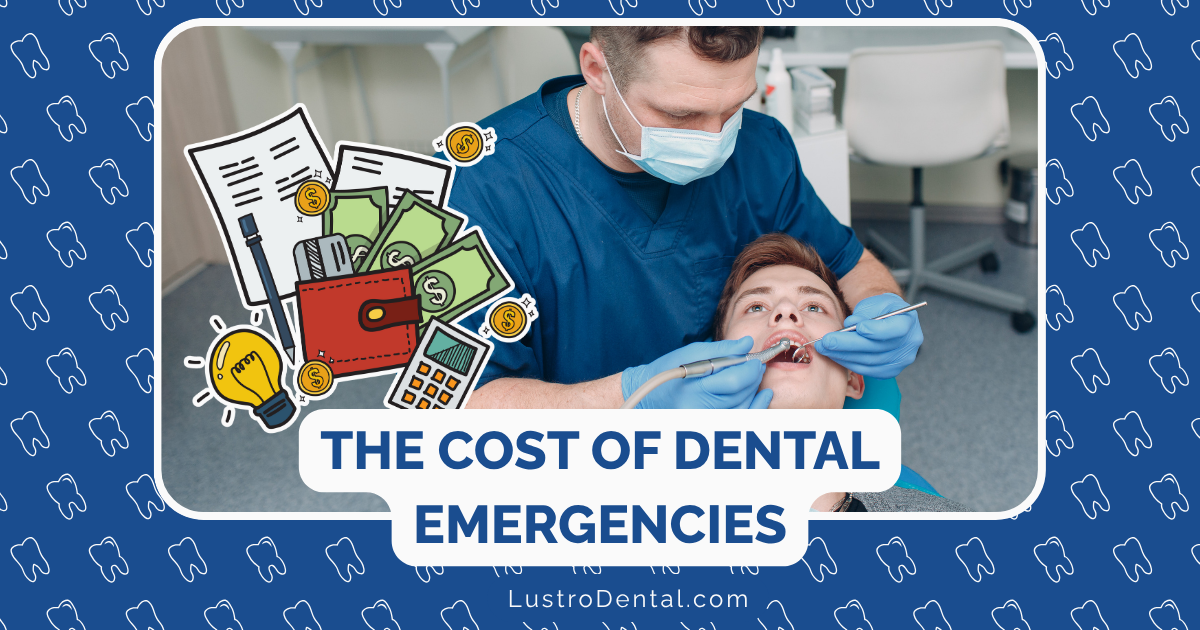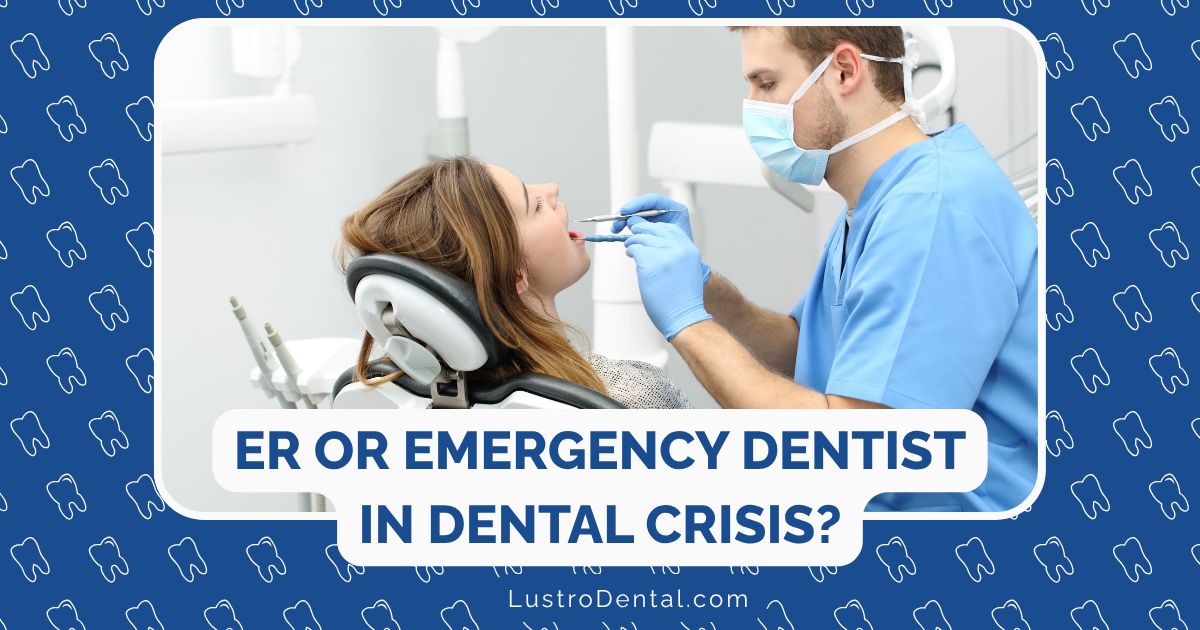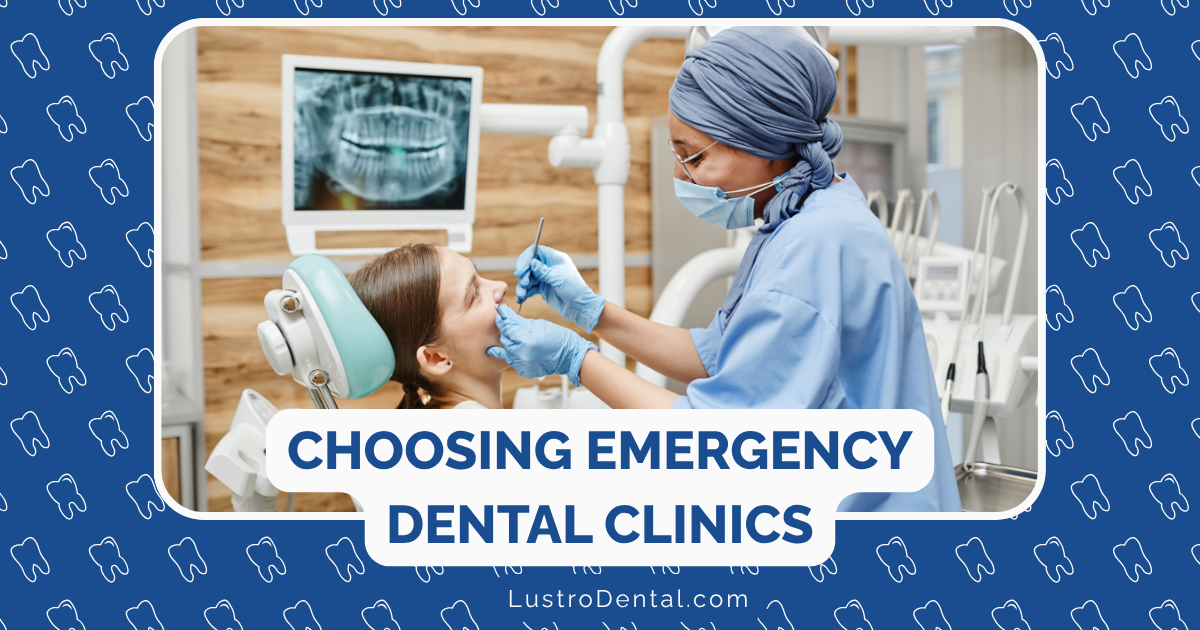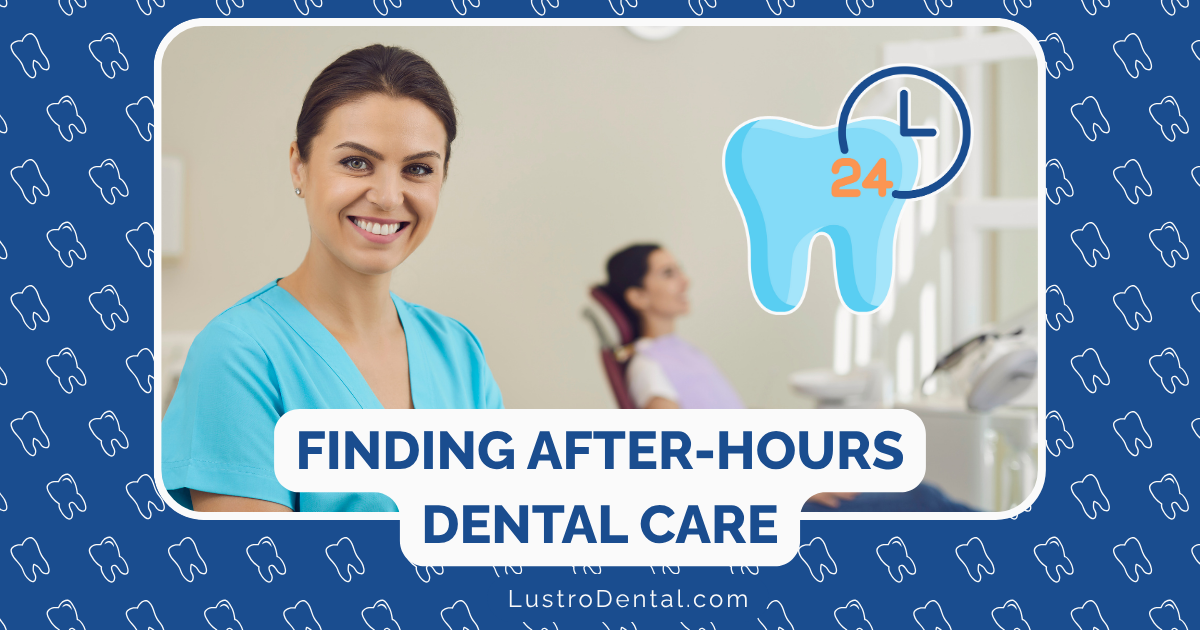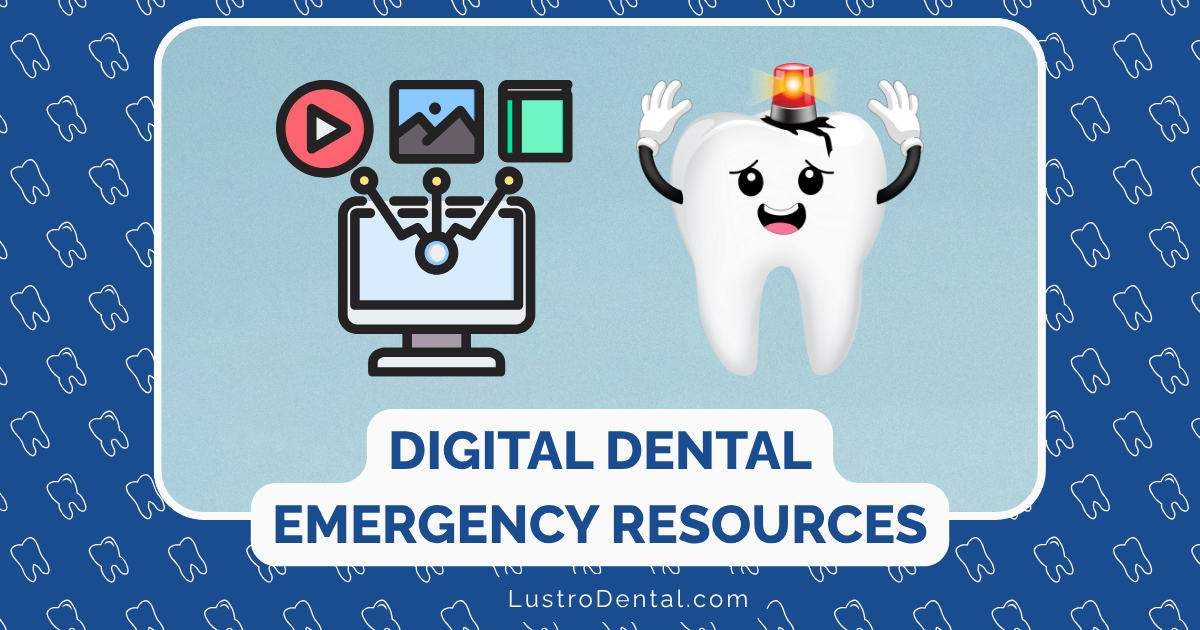When Tooth Pain Is a Medical Emergency: Warning Signs Not to Ignore
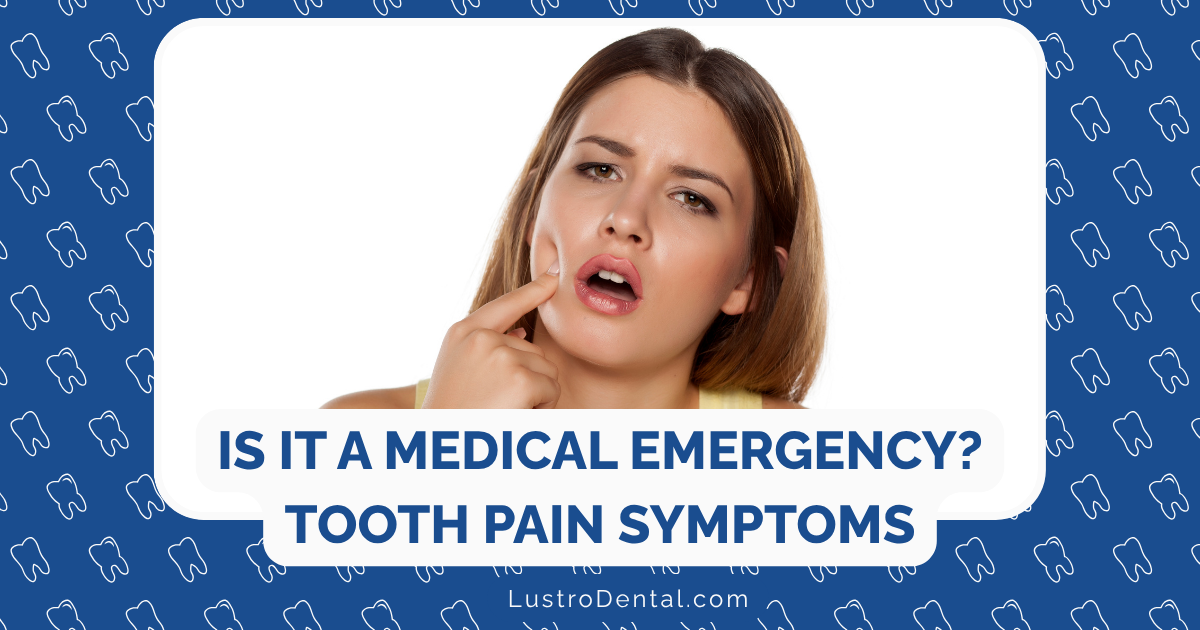
When Sarah woke up with tooth pain, she initially dismissed it as a minor issue that could wait until her next dental appointment. Three days later, she was in the emergency room with a severe infection that had spread to her jaw and neck, requiring IV antibiotics and emergency surgery.
“I had no idea tooth pain could become so serious so quickly,” Sarah recalled. “If I had known the warning signs, I would have sought help much sooner.”
While most dental pain can be managed with over-the-counter medications until you can see your dentist, certain symptoms signal a true emergency that requires immediate attention. Understanding these warning signs could be the difference between a routine dental visit and a life-threatening medical emergency.
When Dental Problems Become Medical Emergencies
Dental issues can escalate beyond just tooth pain. Dr. Robert Wilson, an emergency medicine physician at Mayo Clinic, explains: “The proximity of teeth and gums to critical areas like the sinuses, airway, and major blood vessels means infections in the mouth can spread rapidly to vital structures. What begins as a simple toothache can, in some cases, progress to a systemic infection requiring hospitalization.”
According to the American Dental Association, dental infections cause hundreds of emergency room visits daily, with some cases resulting in serious complications or even death. Recognizing the signs that distinguish a routine dental problem from a medical emergency is crucial for everyone.
7 Warning Signs That Indicate a Dental Emergency
Here are the key symptoms that should never be ignored:
1. Facial Swelling, Especially When Accompanied by Pain
Why it’s dangerous: Swelling, particularly when it’s spreading or increasing rapidly, often indicates an infection that has progressed beyond the initial tooth. Facial swelling can signal a dental abscess—a pocket of infection that can spread to surrounding tissues.
What’s happening: Bacteria from an infected tooth can cause cellulitis (infection of the soft tissues) or a dental abscess. As the infection spreads, it causes inflammation and swelling in the face, cheeks, or jaw.
When to seek emergency care: If you notice facial swelling that is:
- Increasing in size
- Spreading to other areas
- Causing difficulty breathing or swallowing
- Accompanied by fever
- Making it difficult to fully open your eyes
Dr. Sarah Chen, an oral surgeon, warns: “Facial swelling that progresses rapidly, especially if it affects both sides of the face or extends down the neck, requires immediate medical attention. This can indicate Ludwig’s angina or other severe infections that can compromise the airway.”
2. Fever Combined with Dental Pain
Why it’s dangerous: A fever (temperature above 100.4°F or 38°C) alongside tooth pain suggests your body is fighting a significant infection that may be spreading systemically.
What’s happening: Your immune system is responding to bacteria that have entered your bloodstream from the dental infection.
When to seek emergency care: If you have:
- Fever above 101°F (38.3°C)
- Fever that persists or increases despite over-the-counter medications
- Fever accompanied by chills, fatigue, or general malaise
- Any fever in combination with facial swelling
According to research published in the Journal of Endodontics, fever with dental pain indicates a bacterial infection that has progressed beyond localized inflammation and requires prompt intervention.
3. Difficulty Swallowing or Breathing
Why it’s dangerous: Dental infections can spread to the throat and neck, potentially compromising your airway—a life-threatening emergency.
What’s happening: Swelling from the infection can narrow your airway passages or affect the muscles involved in swallowing.
When to seek emergency care: Immediately call 911 or go to the emergency room if you experience:
- Any difficulty breathing
- Pain or difficulty when swallowing
- A feeling that your throat is closing
- Drooling due to inability to swallow saliva
- Altered voice or hoarseness
“This is one of the most serious complications of dental infections,” explains Dr. Lisa Rodriguez, an emergency dentist. “Airway compromise can develop rapidly and requires immediate medical intervention. Never ‘wait and see’ if you’re having trouble breathing or swallowing.”
4. Severe, Unrelenting Pain Not Relieved by Medication
Why it’s dangerous: Intense pain that doesn’t respond to over-the-counter pain relievers often indicates a severe infection, particularly if it’s getting worse rather than better.
What’s happening: The infection is creating pressure within confined spaces (like inside a tooth or bone), causing intense pain signals that regular pain medications cannot overcome.
When to seek emergency care: If you experience:
- Pain that keeps you from sleeping or normal activities
- Pain that has steadily worsened over 24-48 hours
- Pain that radiates to your ear, jaw, neck, or head
- Pain accompanied by sensitivity to hot and cold
- Maximum doses of over-the-counter pain medications providing little to no relief
5. Bleeding That Won’t Stop
Why it’s dangerous: Persistent bleeding from the mouth can lead to significant blood loss and may indicate a serious underlying issue.
What’s happening: Normal dental bleeding (like after flossing) should stop within minutes with gentle pressure. Continuous bleeding suggests either a serious injury or an underlying medical condition affecting blood clotting.
When to seek emergency care: If you experience:
- Bleeding that continues for more than 10-15 minutes despite applying pressure
- Heavy or pulsing blood flow
- Bleeding following trauma to the mouth or face
- Unexplained bleeding from the gums or around teeth
Dr. Wilson notes: “Uncontrolled bleeding from any source requires emergency care. For dental bleeding, apply pressure with gauze or a tea bag for 15-20 minutes. If the bleeding continues or restarts easily, seek immediate medical attention.”
6. Pus Discharge or Foul Taste/Smell
Why it’s dangerous: Pus is a sign of active infection, and its presence in your mouth indicates that your body is fighting bacteria. A particularly foul taste or smell often accompanies serious infections.
What’s happening: White or yellow pus consists of dead white blood cells, bacteria, and tissue debris. Its presence indicates an abscess or pocket of infection.
When to seek emergency care: If you notice:
- Pus draining from around a tooth or gum
- A persistently foul or bitter taste that doesn’t go away after brushing
- A small pimple-like bump on the gum that may or may not be painful
- Pus accompanied by fever or facial swelling
According to the American Association of Endodontists, pus discharge from a dental abscess requires prompt treatment to prevent the infection from spreading to other parts of the body.
7. Recent Trauma with Tooth Damage and Neurological Symptoms
Why it’s dangerous: Dental trauma, especially from significant impacts, can sometimes be accompanied by head or neck injuries that may not be immediately apparent.
What’s happening: The force that damaged your tooth may have also caused concussion, jaw fracture, or other serious injuries.
When to seek emergency care: If you experience:
- Dental trauma accompanied by loss of consciousness, even briefly
- Confusion, dizziness, or vision changes after dental injury
- Severe headache following tooth trauma
- Inability to close your mouth normally after an injury
- Numbness or tingling in your face after trauma
Dr. Rodriguez emphasizes: “Any neurological symptoms following dental trauma warrant immediate medical evaluation. The dental injury may be the most visible problem, but not necessarily the most serious one.”
Where to Seek Care: Dentist, Urgent Care, or Emergency Room?
Knowing where to go can save precious time in a dental emergency:
When to See an Emergency Dentist
For most dental emergencies without systemic symptoms, an emergency dentist is your best option:
- Severe toothache without fever or swelling
- Broken or chipped tooth
- Knocked-out tooth (ideally within 30 minutes)
- Lost filling or crown
- Minor soft tissue injuries limited to the mouth
Many dental practices reserve time for emergency appointments or provide after-hours contact information. Call your dentist first to see if they can accommodate you.
When to Go to the Emergency Room
Go directly to the emergency room if you experience:
- Significant facial swelling affecting breathing or swallowing
- Fever above 101°F with dental pain
- Uncontrolled bleeding
- Dental trauma accompanied by possible concussion
- Severe pain with signs of spreading infection
- Inability to open or close your mouth fully
Dr. Chen advises: “Emergency rooms can manage pain, control infection with antibiotics, and address life-threatening complications. However, they typically cannot provide definitive dental treatment like root canals or extractions. You’ll still need follow-up with a dentist.”
When to Call 911
Don’t hesitate to call 911 if you experience:
- Difficulty breathing
- Swelling that is rapidly progressing and affecting your airway
- Altered mental status with dental infection
- Severe facial trauma affecting multiple systems
Sarah’s Story: A Cautionary Tale
Returning to Sarah’s experience, her initial toothache was accompanied by mild swelling that she didn’t recognize as significant. By the third day, the swelling had increased dramatically, and she developed a fever.
“By the time I got to the emergency room, the infection had spread into the tissues of my neck, a condition called Ludwig’s angina,” Sarah explained. “The doctors told me if I had waited even another day, the infection could have compromised my airway or spread to my bloodstream, causing sepsis.”
Sarah required IV antibiotics, surgical drainage of the infection, and eventually a root canal once the infection was under control. Her recovery took weeks, and the experience left her with a new appreciation for dental health.
“I wish I had known that increasing facial swelling and fever were serious warning signs,” she reflected. “I would have sought help immediately instead of trying to tough it out.”
Preventing Dental Emergencies
While some dental emergencies result from unexpected trauma, many develop from untreated dental issues:
- Regular dental check-ups: Many emergencies begin as minor problems that could be identified during routine examinations.
- Don’t ignore minor symptoms: Address tooth sensitivity, mild pain, or small chips before they escalate.
- Practice good oral hygiene: Brushing twice daily, flossing daily, and using antimicrobial mouthwash can prevent many infections.
- Wear protective gear: Use mouthguards during sports or recreational activities with injury risk.
- Avoid using teeth as tools: Don’t open packages or crack nuts with your teeth.
- Address teeth grinding: Chronic grinding can weaken teeth, making them more susceptible to fractures and infections.
When in Doubt, Seek Help
If you’re uncertain whether your dental pain constitutes an emergency, err on the side of caution. Many dental professionals offer phone consultations to help determine the urgency of your situation.
Dr. Wilson’s advice is clear: “It’s always better to seek care and find out you don’t have an emergency than to ignore warning signs of a serious problem. With dental infections, time is critical—hours can make the difference between a simple procedure and a life-threatening situation.”
Conclusion: Knowledge Saves Lives
Understanding the warning signs of dental emergencies empowers you to make informed decisions about seeking care. The key takeaway is simple: dental pain accompanied by fever, swelling, difficulty breathing or swallowing, or unrelenting severe pain requires immediate medical attention.
By recognizing these warning signs and acting promptly, you can prevent serious complications and potentially save your life or that of a loved one. As Sarah learned, what seems like “just a toothache” can sometimes be much more serious—and knowing the difference matters.
Have you experienced a dental emergency? We’d love to hear about your experience and how you handled it in the comments below.


